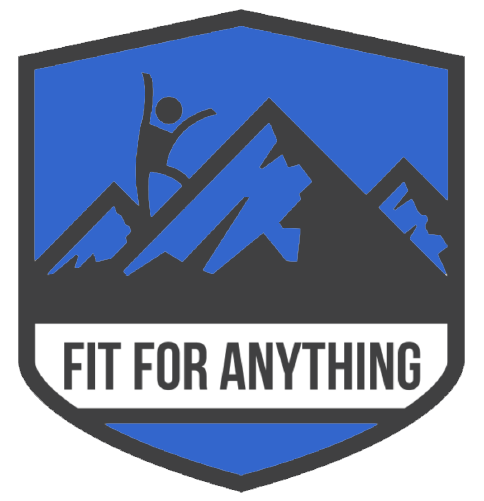These days, most people are familiar with foam rolling and its benefits. Unlike many training fads, foam rolling does work. But how and when to do it is less clear. Some experts advise foam rolling before a workout, and others say after is better.Some say foam rolling before bed is the secret to soothing sore muscles, and others might think morning is better. So when do you get the most foam for your roll? Well,it depends on the reason(s) you are foam rolling in the first place.
How it works
First, let’s clear up some things up about foam rolling in general. The biggest misconception with foam rolling is that people believe it’s actually breaking up knots and smoothing out tissues. It is perceived by many that it is like a rolling pin smoothing out dough but it isn’t. Muscles don’t have a brain of their own, so they can’t choose to contract or relax without being told how to by the nerves that connect to them. Luckily, foam rolling actually has a direct impact on the central nervous system. Applying pressure (gently) onto a stressed muscle sends a message to the brain that the muscle is safe and it’s OK to relax (release).
Foam roll slowly especially once you find a sensitive area, then foam roll back and forth over the area,ideally when in a comfortable position with decent angle and posture. Once released most issues with tight muscles and fascia usually clear up. That is also why you don’t want to go too hard when you are foam rolling; otherwise it could have the opposite effect. Foam rolling is a bit like a form of massage used to loosen up the fascia, sore muscles and tight joints before and/or after a workout with the main aim to aid blood flow to soft tissue and to assist muscle recovery. This results in decreased muscle and joint pain, increased circulation and improved mobility, balance and gait.
Foam rolling helps you to become a stronger, faster, less injury-prone individual. Please don’t foam roll directly on to an injured area as it may result in having more trouble such as more tension and inflammation. Also don’t foam roll one particular spot too long (max 20-25 seconds) as it can irritate a nerve and/or damage tissue which can lead to bruising and inflammation. With all of this in mind, here are the basics of what you need to know about the timing of foam rolling relative to your specific needs.
Before a workout
For most people, foam rolling is best before a workout. This is especially true if you are weightlifting, running, biking or any other sport where moving well is essential. Spending 10 minutes foam rolling before a workout will relax tense muscles, bring blood to the muscles you are about to use and improve your mobility. Muscles often become short and overactive after we sit at a desk for long periods or from doing any repetitive movements. If these short muscles aren’t restored to their normal length before a workout, then they can stress tissues and in time even pull joints out of optimal alignment. If you sit all day at work and/or practice a sport that requires optimal movement, foam rolling before working out is your best bet.
After a workout
If sore muscles are a concern and you are able to foam roll before and after your workout, consider doing both. Waste molecules are produced when muscles contract (which is what happens when you exercise), and normally your body clears them on its own. But when muscles contract repeatedly, like during an intense workout, your body isn’t able to flush them out as efficiently, which, in turn, creates soreness. The direct compression from the roller and the rolling action helps to encourage and push these molecules out of the tissue, which allows nutrient-rich oxygen to return and initiates the recovery process sooner.
Before Bed
One thing that is key to understand about foam rolling is that it can be used for a targeted purpose (like warming the body up for movement), but it can also be done just because it feels good. Either way, even before bed might be a time when you want to consider foam rolling. When rolling to improve movement patterns, the frequency of rolling matters. Plus, many people love rolling and feel very relaxed afterwards, which makes it an ideal addition to any night time routine. If you are rolling correctly, then you are breathing, relaxing and using a roller that is slightly uncomfortable but not painful. When you combine rolling, relaxing and concentrating on your breath, it is a perfect pre-sleep recipe for many people.”
Rest days
Foam rolling is also a great activity on days when you are taking a break from the gym, but it’s best to time it strategically. On days when you are not exercising (or if you can’t exercise because of injury), foam rolling is best to do when you are warm and relaxed, like straight after a shower or bath. Warm muscles relax easier so you will get far less resistance and discomfort while foam rolling, which is an amazing advantage.
If you aren’t sure if foam rolling is for you, how or when to use it, don’t hesitate to ask for guidance!

